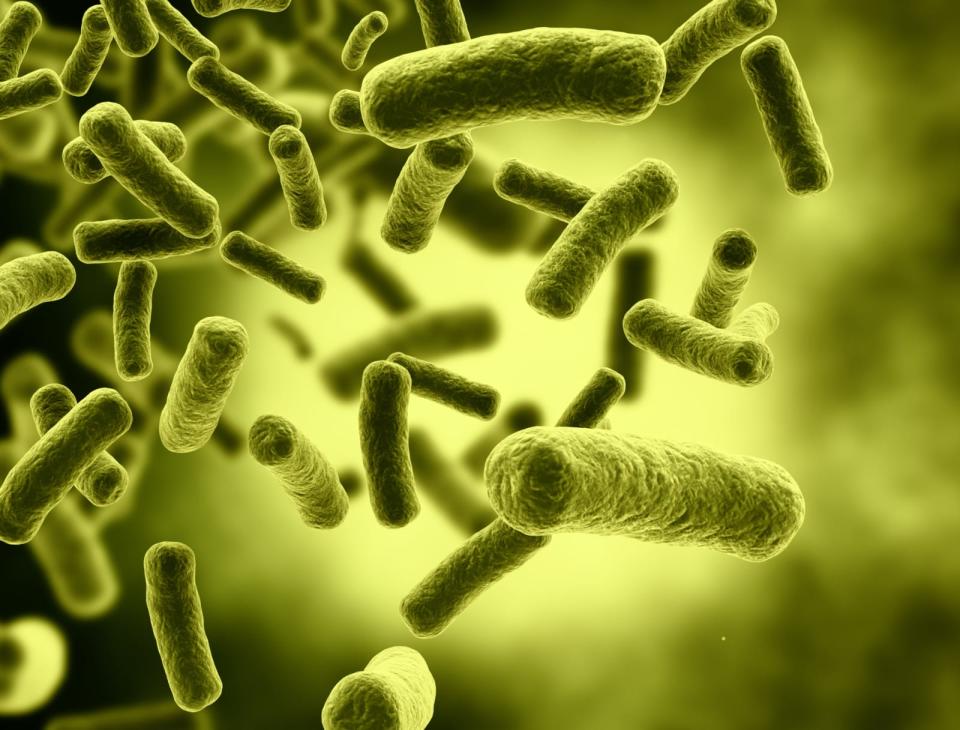Super-powered bacteria can harness light for fuels and plastics
Researchers gave the bacteria a more efficient method of photosynthesis.

Researchers have been working on improving the photosynthetic process for some time -- trying to use light to create energy but doing so in a way that's much more efficient than chlorophyll. For plants, chlorophyll works well, but to use photosynthesis to create products like fuels or polymers, we need something that works faster and generates more output. Researchers at the University of California, Berkeley have come up with a method that does just that and they're presenting their work this week at the National Meeting and Exposition of the American Chemical Society.
The team did this by using a bacteria that doesn't normally photosynthesize. Instead, it uses carbon dioxide to generate acetic acid -- a chemical that can be used to produce a number of different fuels, polymers and pharmaceuticals. When the researchers gave the bacteria cadmium (a metal) and cysteine (an amino acid), the bacteria synthesized tiny particles of cadmium sulfide on their surfaces. And cadmium sulfide can use light to create energy, boosting the bacteria's production of acetic acid. It's like photosynthesis but much more powerful.
"Rather than rely on inefficient chlorophyll to harvest sunlight, I've taught bacteria how to grow and cover their bodies with tiny semiconductor nanocrystals," Kelsey Sakimoto, one of the researchers on the project, told Phys.org. "These nanocrystals are much more efficient than chlorophyll and can be grown at a fraction of the cost of manufactured solar panels." The bacteria are 80 percent efficient and self-replicate, passing on the ability to produce the cadmium sulfide particles to new bacteria during replication.
Others have worked on this same goal with different methods. Some of them require hardware like solar cells, electrodes or nanowires but this process doesn't require anything extra. "Many current systems in artificial photosynthesis require solid electrodes, which is a huge cost," said Sakimoto. "Our algal biofuels are much more attractive, as the whole CO2-to-chemical apparatus is self-contained and only requires a big vat out in the sun."
The method is still being developed and Sakimoto says there's a chance that a similar sort of bacteria already exists in nature. "A future direction, if this phenomenon exists in nature, would be to bioprospect for these organisms and put them to use," he said.

